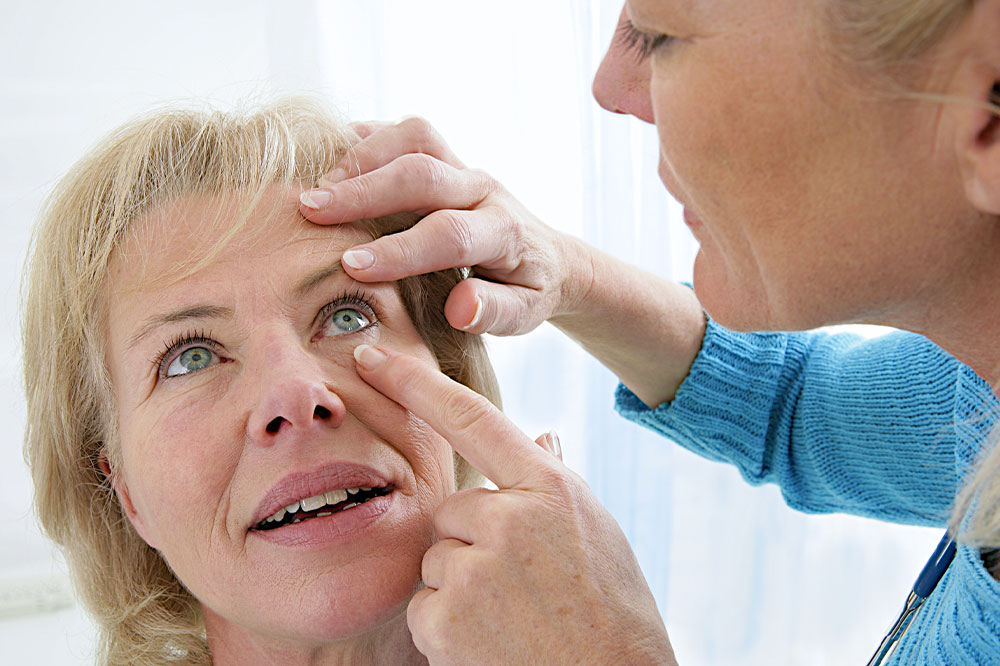Key facts about kidney disease and its management

The kidneys perform many critical functions; besides expelling toxins from the body, the kidneys can help maintain the electrolyte and fluid balance in the body. However, the kidneys can get damaged as a result of health conditions and may not be able to perform these essential functions. When left untreated, kidney disease may lead to serious complications. So, it is important to recognize early signs, get regularly examined, and prevent such diseases.
What is kidney disease?
Just like any other organ, kidneys are also susceptible to damage. The term kidney disease is used to define any abnormality in the functioning of one or both kidneys. According to the Kidney International Supplements Journal, a peer-reviewed journal, more than 800 million people around the world are affected by kidney disease. As the kidneys lose their ability to function, it may lead to the accumulation of waste, and dangerous levels of toxins in the body can result in further complications.
Signs
In its initial stages, kidney disease may not present any apparent symptoms. The signs usually appear once the condition has advanced and fluids start building up in the system. However, some signs that one must look out for are:
Muscle cramps
Feeling fatigued without exertion
Loss of appetite
Swelling in the ankles, feet, or legs
Urinating less than normal
Trouble sleeping
Tingling in the toes or fingers
Dry and itchy skin
Puffiness around the eyes, usually after waking up in the morning
Frequent urge to urinate at night
Causes
Here are some major risk factors for developing kidney-related issues:
Diabetes: Chronically high blood sugar levels can damage the kidneys.
Uncontrolled blood pressure: This leads to high amounts of pressure on the kidney and may damage them over time.
Polycystic kidney disease: This is an inherited condition that leads to large cysts in the kidneys.
Autoimmune conditions: Diseases like lupus may lead to inflammation of the blood vessels in the kidneys.
Unhealthy lifestyle choices: Prolonged use of certain unhealthy substances may lead to kidney damage.
Other risk factors are a family history of kidney problems, being affected by heart conditions, and being over the age of 60.
Stages
Kidney disease can be classified into five stages depending on the severity of its symptoms. These stages are determined based on the GFR (glomerular filtration rate), as the values can indicate the extent of the damage. The GFR is established by testing the level of creatinine in the blood. Any changes in the level of creatinine indicate damage in the kidneys. Here is how the five stages of kidney disease are classified:
Stage 1: GFR of 90 or higher
Here, while the kidneys are performing almost all of their normal functions, there could be mild damage or the beginning of damage. One may start seeing proteins in their urine at this stage.
Stage 2: GFR of 60 to 89
At this stage, though the kidneys are functioning, one may find evidence of mild kidney damage. Some evident signs include protein in the urine or physical damage to the kidneys.
Stage 3: GFR of 30 to 59
At this stage, there is some amount of damage to the kidneys, and they are not functioning as they normally would. At this stage, a person may experience back pain, frequent urination, bone disease, and high blood pressure, among other symptoms.
Stage 4: GFR of 15 to 29
At this stage, the kidneys can have moderate to severe damage. Here, the GFR indicates a serious condition that could lead to kidney failure. The patient may experience symptoms like swollen hands and feet, severe back pain, and incessant urination.
Stage 5: GFR of 15 or less
This stage is referred to as kidney failure and is a serious health concern. The damage here is apparent through symptoms such as difficulty breathing, muscle cramps, and vomiting, among others.
Diagnosis and treatment
A nephrologist will diagnose kidney disease using the following tests:
- A blood test will be conducted to measure the level of creatinine in one’s blood. The test also helps the doctor determine the GFR level.
- A urine test can help check for substances such as albumin, blood, or protein in one’s urine.
- Patients may be asked to undergo tests such as a CT scan, MRI, or ultrasound to check for kidney damage.
Although chronic kidney disease has no cure, its treatment usually includes managing the underlying causes of the condition. For instance, if one experiences high blood pressure, the nephrologist may advise treatments to control it. One may also be advised treatments to lower cholesterol levels, regulate anemia, and protect bones from damage.
If the kidney-related disease has advanced, the line of treatment can differ. In this case, the following treatment options could be recommended:
Dialysis: Here, waste from the blood is removed artificially using a tube or machine. Based on the tools used, there are two kinds of dialysis:
- Peritoneal dialysis: In this procedure, a tube is inserted in the abdomen to absorb excess fluids.
- Hemodialysis: Here, a machine is attached to the kidneys, helping filter waste and excess fluids.
Kidney transplant: This is a surgical procedure that involves extracting a healthy kidney to replace a non-functioning kidney. This healthy kidney comes from either a living or deceased donor.
Prevention
Kidney-related problems can be avoided by controlling certain risk factors. Here are some steps that one can take to maintain the health of kidneys:
- Eating balanced meals that are low in sodium and fats and adding fresh fruits and vegetables to one’s daily routine
- Exercising regularly to maintain optimal health
- Getting adequate amounts of sleep—at least seven to eight hours each day
- Letting go of unhealthy lifestyle choices
- If affected by high blood pressure, diabetes, or heart conditions, one should manage them better to reduce their impact on one’s kidneys.
Preventing kidney disease is essential for avoiding experiencing serious health complications. Recognizing and learning about the above-mentioned signs, risk factors, and management options for this condition can help one work towards a healthier lifestyle.


